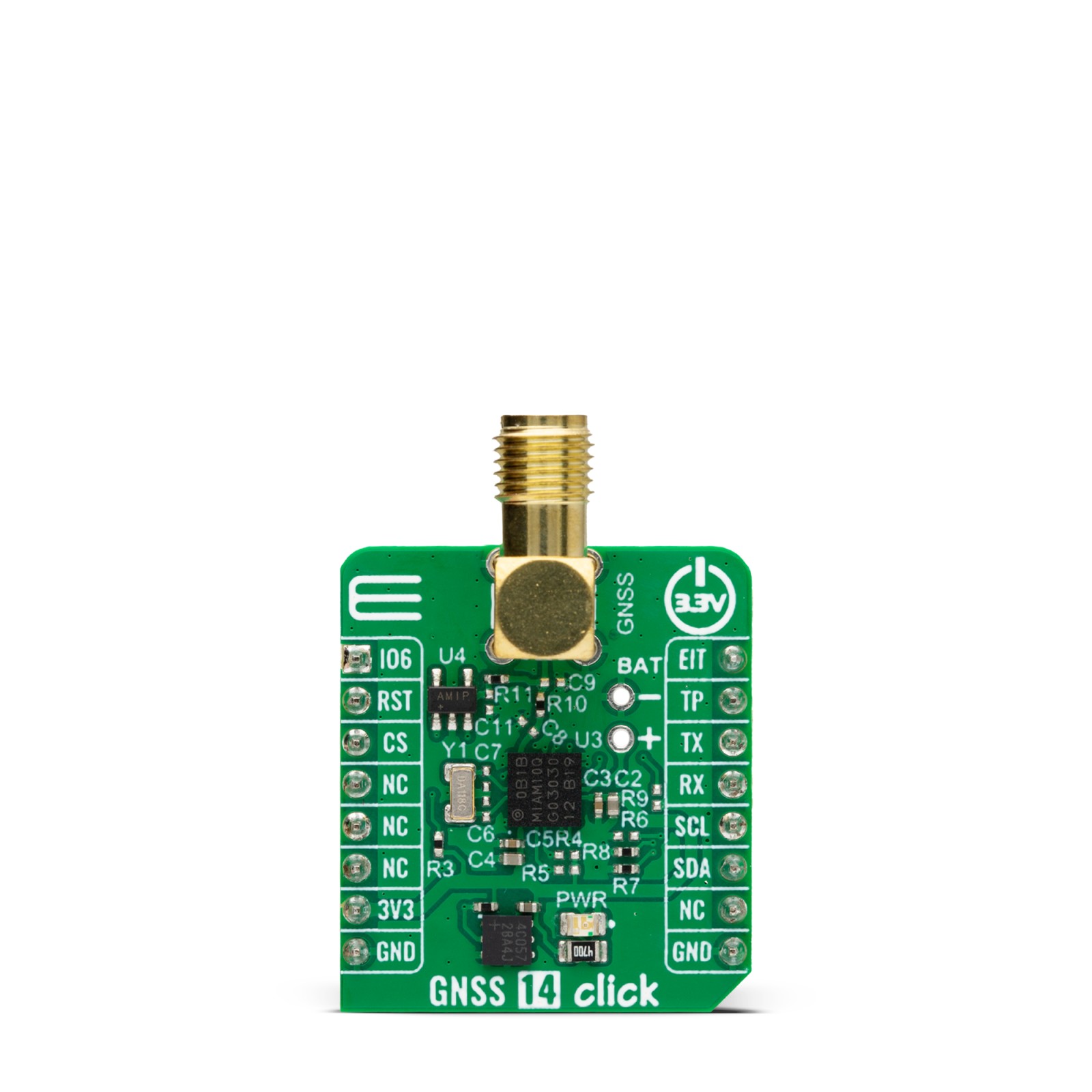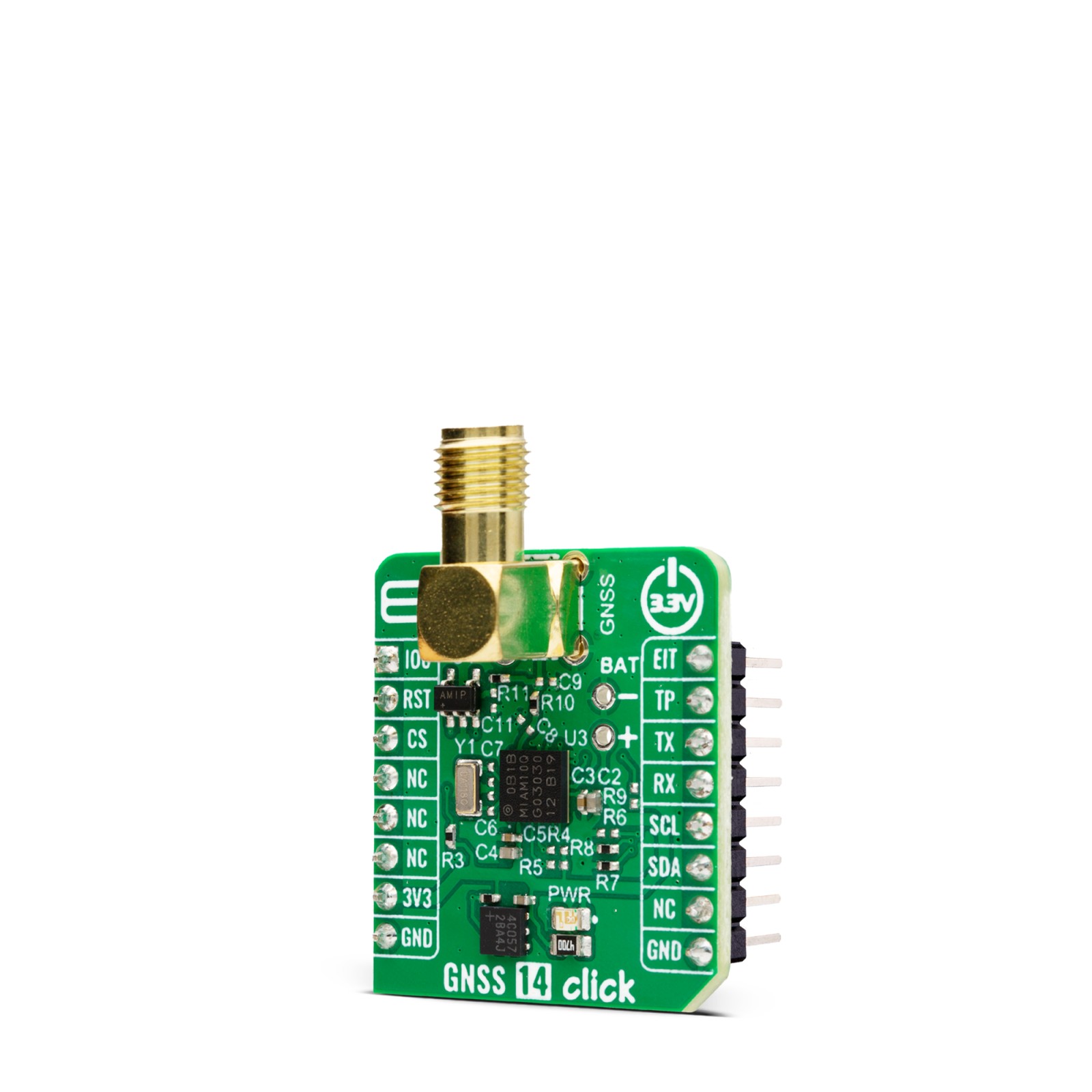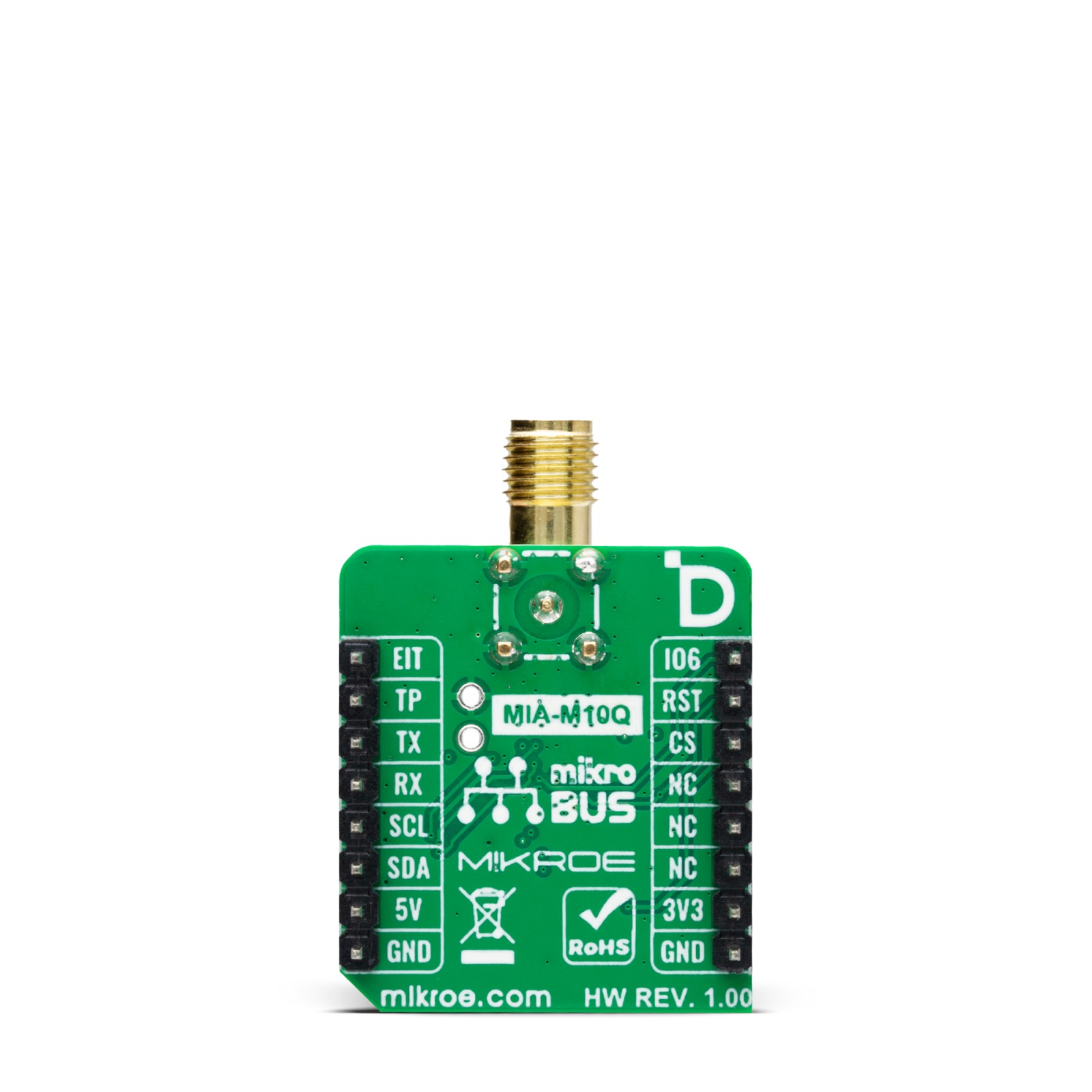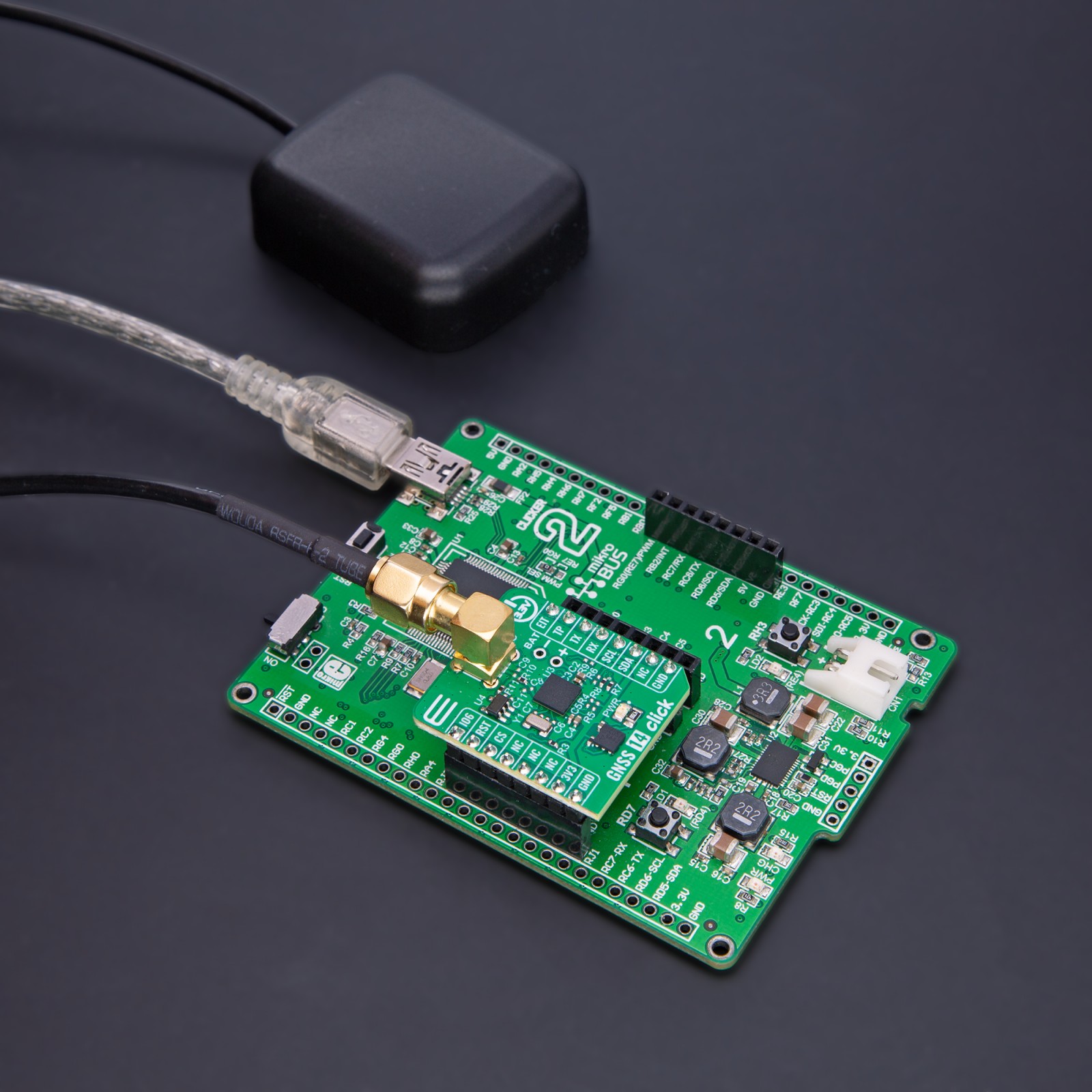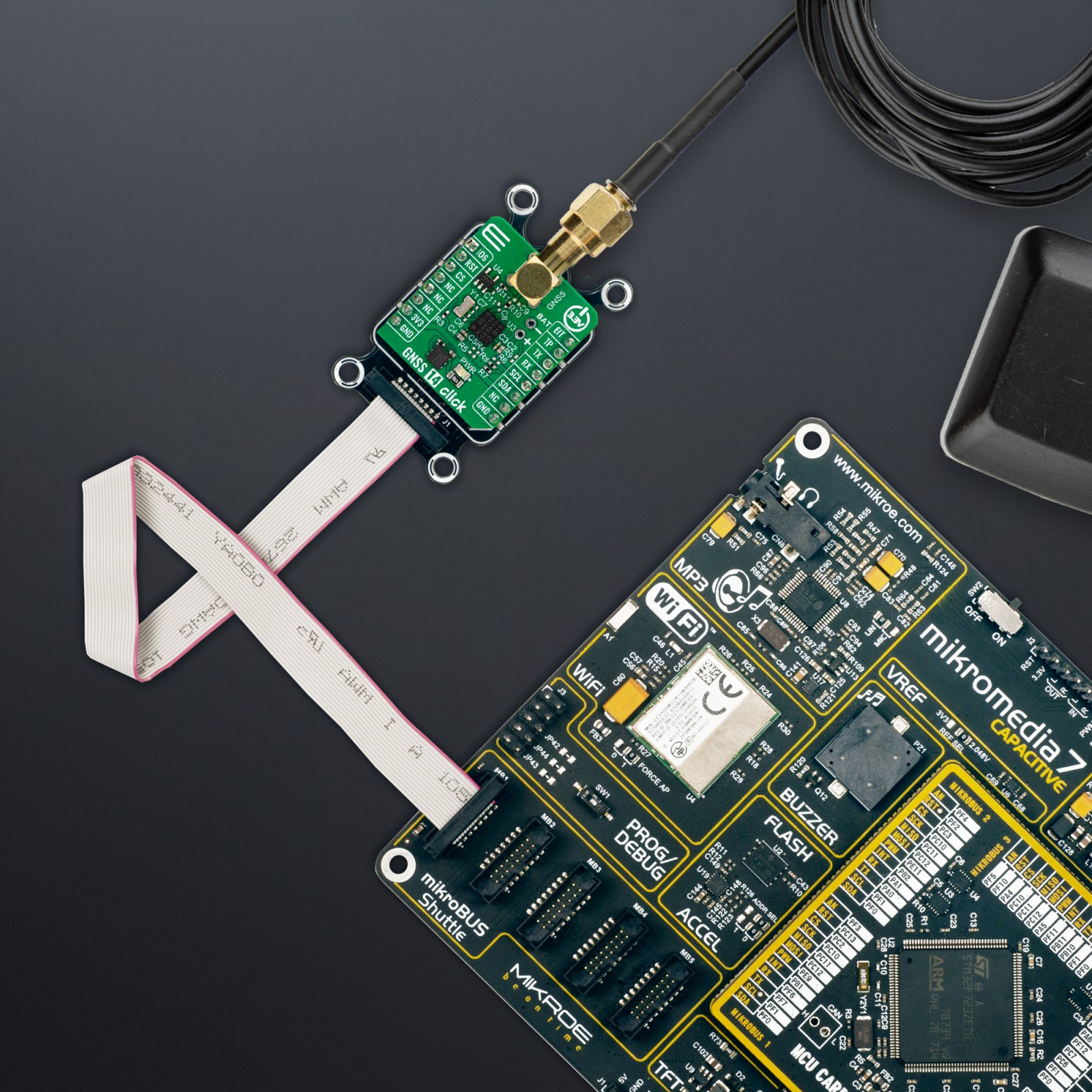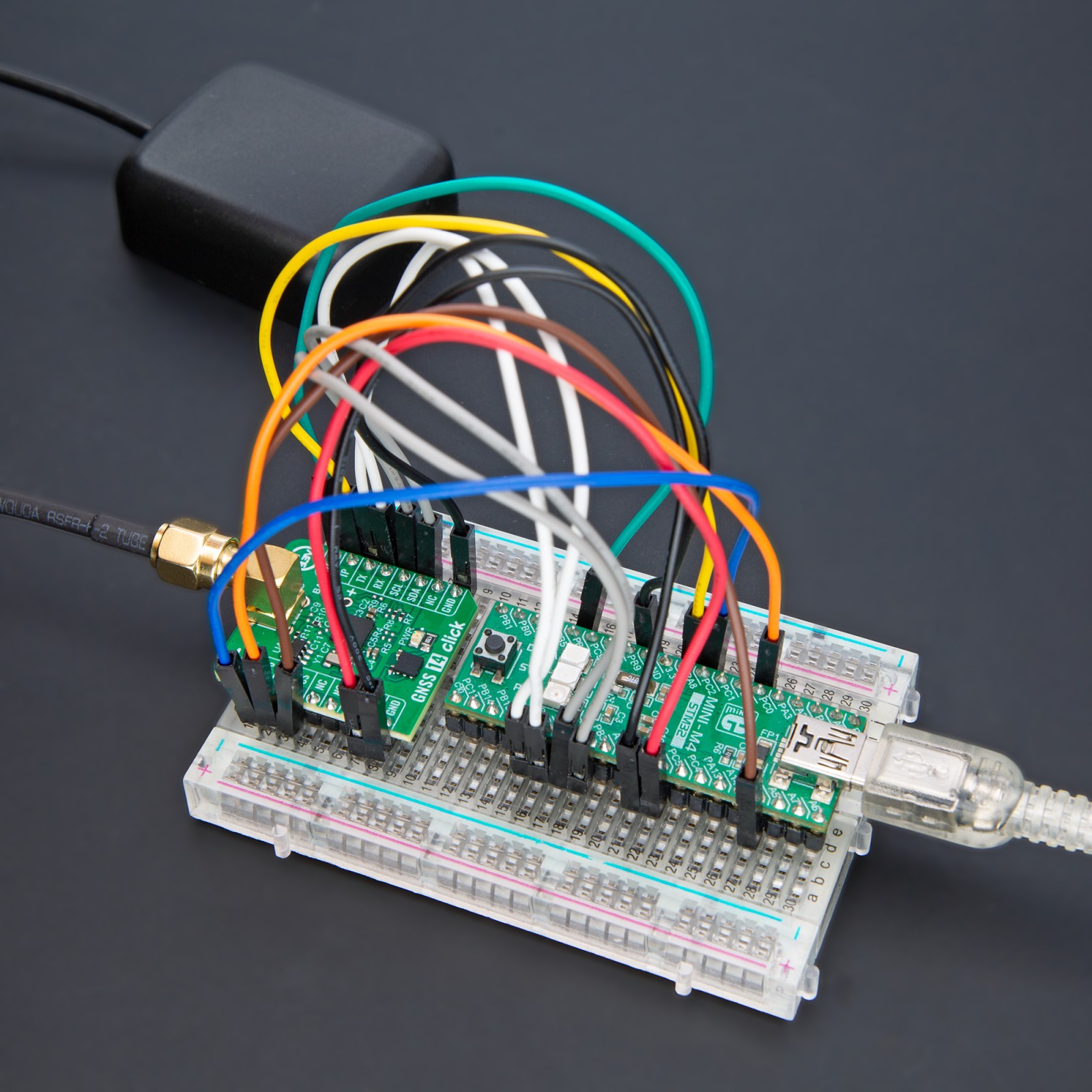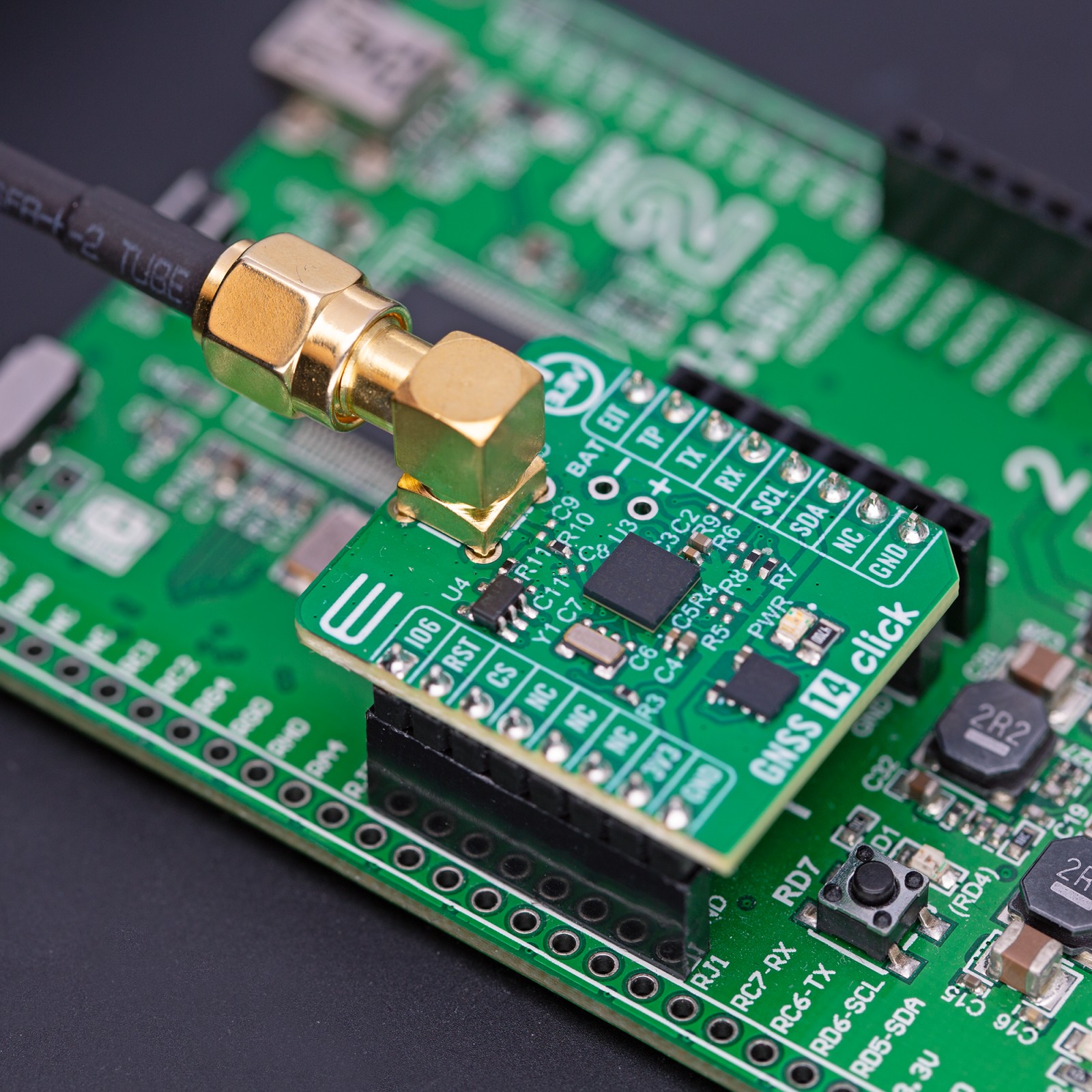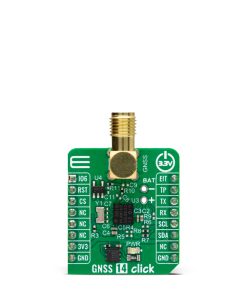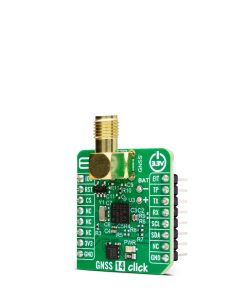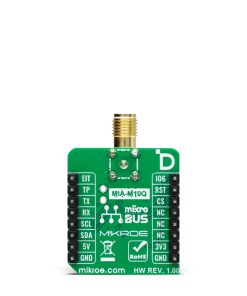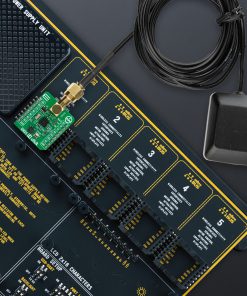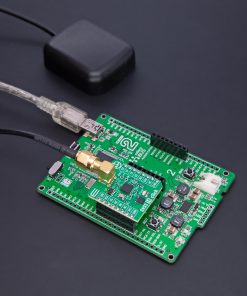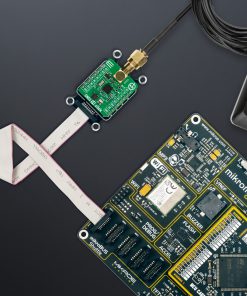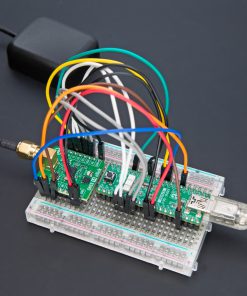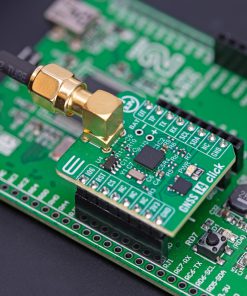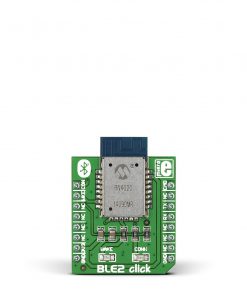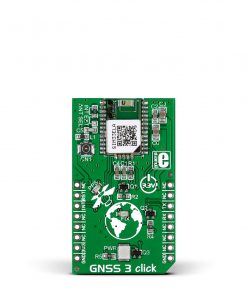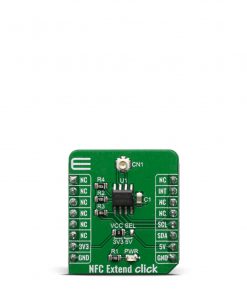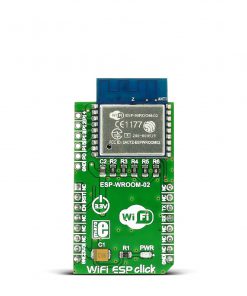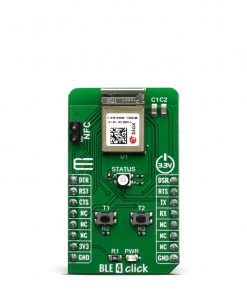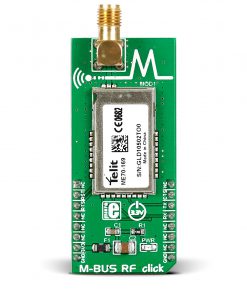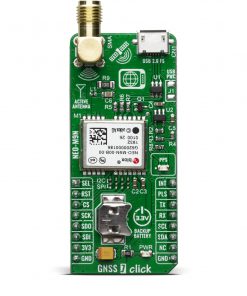GNSS 14 Click
R645.00 ex. VAT
GNSS 14 Click is a compact add-on board that provides fast positioning capability to your application. This board features the MIA-M10Q, a standard precision GNSS module from u-blox. It has an exceptional sensitivity and acquisition time for all L1 GNSS signals, attributed to its integrated M10 standard precision low-power platform. The M10 platform supports concurrent reception of four GNSS (GPS, GLONASS, Galileo, and BeiDou). The high number of visible satellites enables the receiver to select the best signals. This maximizes position availability, particularly under challenging conditions like deep urban canyons. This Click board™ makes the perfect solution for the development of both acquisition and tracking devices and represents an ideal product for automotive, consumer, and industrial tracking applications.
GNSS 14 Click is fully compatible with the mikroBUS™ socket and can be used on any host system supporting the mikroBUS™ standard. It comes with the mikroSDK open-source libraries, offering unparalleled flexibility for evaluation and customization. What sets this Click board™ apart is the groundbreaking ClickID feature, enabling your host system to seamlessly and automatically detect and identify this add-on board.
Stock: Lead-time applicable.
| 5+ | R612.75 |
| 10+ | R580.50 |
| 15+ | R548.25 |
| 20+ | R527.61 |

